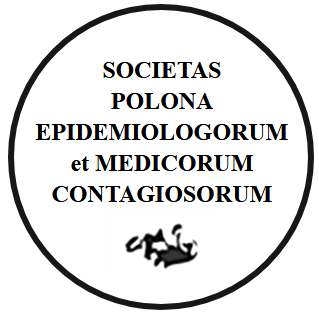REVIEW PAPER
Discovery and application of in vitro fertilization: a revolution in infertility treatment
1
Studenckie Koło Naukowe przy Katedrze i Zakładzie Anatomii Prawidłowej, Wydział Nauk Medycznych w Katowicach, Śląski Uniwersytet Medyczny w Katowicach
2
Studenckie Koło Naukowe Medycyny Stylu Życia, Wydział Nauk o Zdrowiu, Pomorski Uniwersytet Medyczny w Szczecinie
3
Studenckie Koło Naukowe przy Klinice Endokrynologii Ginekologicznej, Wydział Nauk Medycznych w Katowicach, Śląski Uniwersytet Medyczny w Katowicach
4
Katedra i Zakład Anatomii Prawidłowej, Wydział Nauk Medycznych w Katowicach, Śląski Uniwersytet Medyczny w Katowicach
Submission date: 2025-01-10
Final revision date: 2025-02-15
Acceptance date: 2025-03-14
Online publication date: 2025-03-25
Corresponding author
Konrad Krzysztof Barszczewski
Studenckie Koło Naukowe przy Katedrze i Zakładzie Anatomii Prawidłowej, Wydział Nauk Medycznych w Katowicach, Śląski Uniwersytet Medyczny w Katowicach
Studenckie Koło Naukowe przy Katedrze i Zakładzie Anatomii Prawidłowej, Wydział Nauk Medycznych w Katowicach, Śląski Uniwersytet Medyczny w Katowicach
KEYWORDS
TOPICS
Public health and health economicsSocial, environmental and occupational medicineHistory of medicine
ABSTRACT
Procreation, understood as the production of offspring and the continuation of a species, is one of the fundamental life functions for humans, just as it is for other living organisms. For this reason, the unresolved issue of physiological reproductive disorders has been a significant problem for humanity for thousands of years, considering the social, psychological, and emotional consequences of such disorders. In the context of millennia of research into the functioning of the reproductive system, July 25, 1978, stands out as an unforgettable date in the world of science. On that day, at 11:47 PM, Louise Brown was born—the first child "conceived in a laboratory" through in vitro fertilization (IVF). This moment marked the culmination of countless efforts by many scientists; however, the success of in vitro fertilization was primarily due to the pivotal work of Patrick Steptoe and Robert Edwards. Undoubtedly, this was a milestone, regarded as one of the most significant medical breakthroughs of the 20th century. The birth of the first "test-tube baby" was the result of simultaneous research conducted in various parts of the world, including the United States, the United Kingdom, and Australia. Louise Brown was dubbed the "Child of the Century," and her birth was equated in importance and significance for science with achievements such as the discovery of vaccines or penicillin.
We process personal data collected when visiting the website. The function of obtaining information about users and their behavior is carried out by voluntarily entered information in forms and saving cookies in end devices. Data, including cookies, are used to provide services, improve the user experience and to analyze the traffic in accordance with the Privacy policy. Data are also collected and processed by Google Analytics tool (more).
You can change cookies settings in your browser. Restricted use of cookies in the browser configuration may affect some functionalities of the website.
You can change cookies settings in your browser. Restricted use of cookies in the browser configuration may affect some functionalities of the website.





